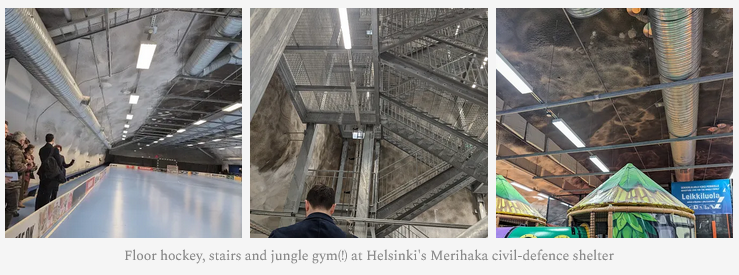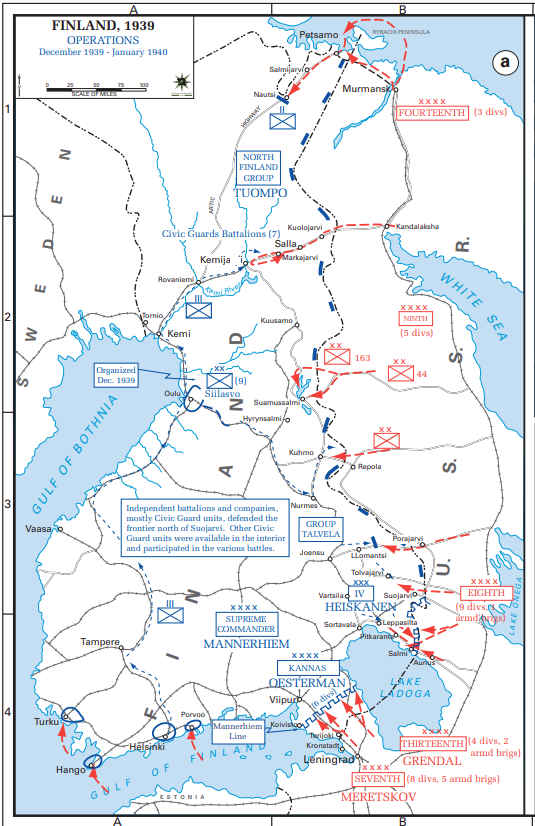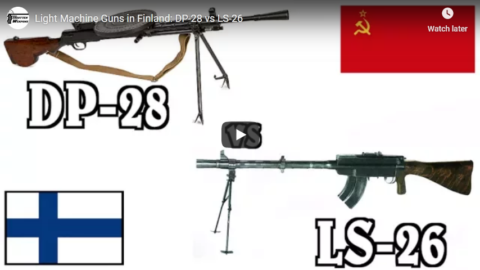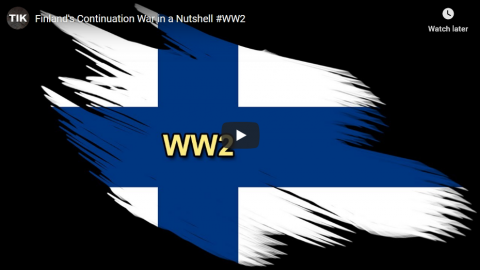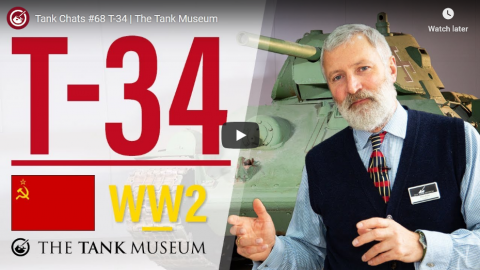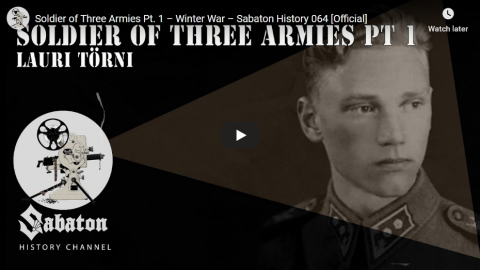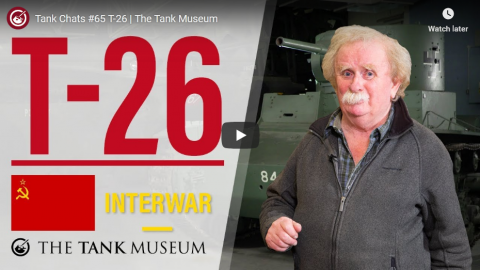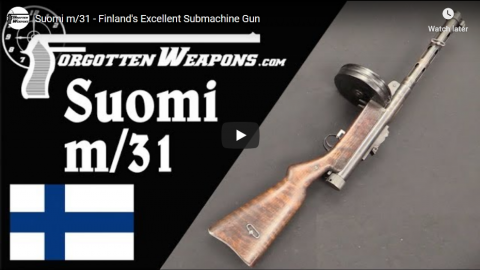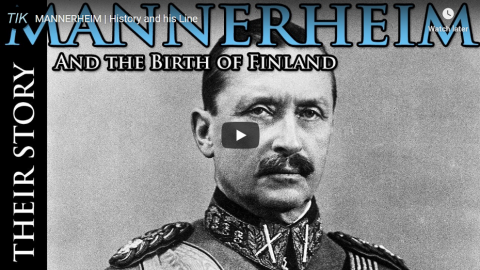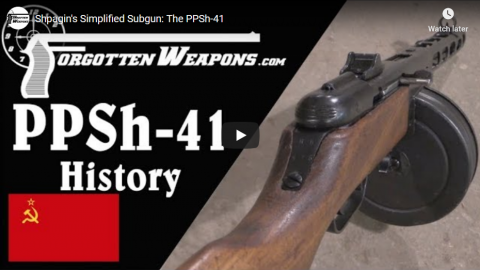Paul Wells reports back on his recent trip to Finland, where he got to tour one of the big civil-defence shelters in Helsinki:
One of the best playgrounds for children in Helsinki is the size of three NFL football fields, dug into bedrock 25 metres below a street-level car park, and built to survive a nuclear bomb.
The air down here is surprisingly fresh. The floor-hockey rinks — there are two, laid end to end — are well maintained. The refreshment stands are stocked with snacks. The steel blast doors are so massive it takes two people to slam one shut.
Finland has been building civil-defence shelters, methodically and without fuss, since the late 1950s. This one under the Merihaka residential district has room for 6,000 people. It’s so impressive that it’s the Finnish capital’s unofficial media shelter, the one visiting reporters are likeliest to be shown. The snack bar and the jungle gym are not for show, however: as a matter of government policy, every shelter must have a second, ordinary-world vocation, to ensure it gets used and, therefore, maintained between crises.
The Merihaka shelter was one of the stops on my visit to Helsinki last week. The first anniversary of Finland’s membership in NATO, the transatlantic defence alliance, is next week, on April 4. Finland’s foreign office invited journalists from several NATO countries to visit Helsinki to update us on Finland’s defence situation. I covered my air travel and hotel. Or rather, paid subscribers to this newsletter did. Your support makes this sort of work possible. I’m always grateful.
The Finnish government used to build most of the shelters. But since 2011, the law has required that new shelters be built at the owners’ expense, by owners of buildings larger than 1,200 square metres and industrial buildings larger than 1,500 square metres.
The city of Helsinki has more shelter space than it has people, including visitors from out of town. Across the country the supply is a little tighter. Altogether today Finland has a total of 50,500 shelters with room for 4.8 million people.
That’s not enough for the 5.5 million people in Finland. But then, if war ever comes, much of the population won’t need shelter, because they’ll be staying groundside to fight.
Conscription is universal for Finnish men between 18 and 60. (Women have been enlisting on a voluntary basis since the 1990s.) The standing armed forces, 24,000, aren’t all that big. But everyone who finishes their compulsory service is in the reserves for decades after, with frequent training to keep up their readiness. In a war the army can surge to 280,000. In a big war, bigger still.
The Soviet Union invaded Finland in 1939, during what was, in most other respects, the “phony war” phase of the Second World War. The Finnish army inflicted perhaps five times as many casualties on the Soviets as they suffered, but the country lost 9% of its territory and has no interest in losing more. Finland’s foreign policy since then has been based on the overriding importance of avoiding a Russian invasion.

